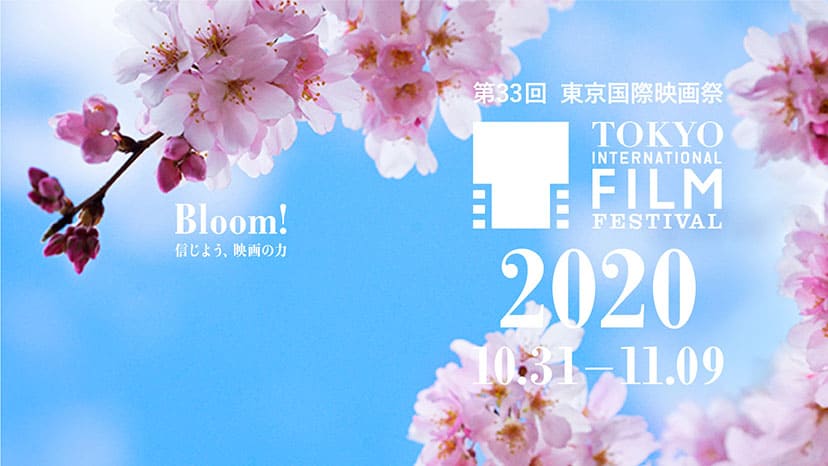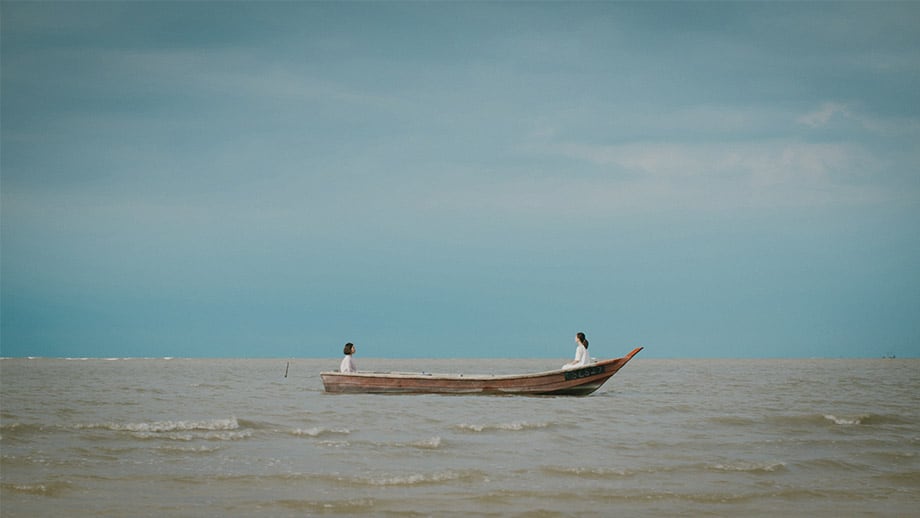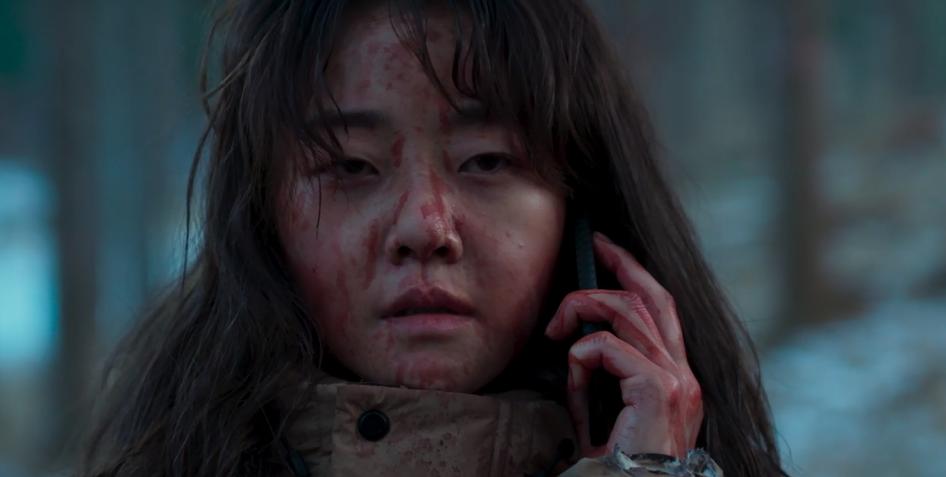Being born in Singapore, growing up in Malaysia and being based in Japan, Edmund Yeo‘s films always had a pan-Asian perspective, and “Malu”, a Japan-Malaysia co production, seems to cement this approach through a narrative that shares many elements with Naomi Kawase‘s style.
Malu is screening at Tokyo International Film Festival

The story, which unfolds in non-linear fashion, revolves around two sisters, Hong and Lan, who live with their mother in a small fishing village in Malaysia. Their mother, however, is completely unstable and has suicidal tendencies, a mentality that puts much strain to the two girls, and particularly Hong, who, as the older, is also charged with taking care of Lan. One day, their alienated grandmother kidnaps Hong, and actually raises her by herself, with the two girls not meeting for 20 years, until their mother's death brings them together for one day. A number of flashbacks show their lives up to that point, before the story continues in Japan, where Lan, free from any obligation, has moved to after their mother's death. A few years later, Hong receives a devastating phone call and goes herself to Japan, where she meets a man, the owner of a jazz cafe, who shared a connection with her sister.
Edmund Yeo plays with the timelines, juxtaposing the past with the present in a way that borders on the surrealistic and the dreamy, in order to present an atmosphere that is somewhat disorienting on occasion, but definitely captivating and appealing. The story of the two sisters, which is told through many flashbacks, “lives” inside this atmosphere, which, in essence, elevates it to something much more artful than a simply tragic tale, thus avoiding the reef of the melodrama, which the film could so easily have stumbled upon.
Through this approach, and particularly the almost complete lack of male protagonists, Yeo makes a number of comments revolving around women. Motherhood, and the fact that not all women are fit to be mothers, sisterhood and the inevitable bonds family poses are combined with more universal ones, such as resentment, bitterness, violence, and most of all, trauma and how it can shape people. The differences of living in poor and rich countries provide another comment, also as a reason for migration and its consequences, as much as the effects of multiculturalism, with Yeo presenting, finally, a movie where oriental and occidental languages are used at the same level of proficiency.
In all of the aforementioned, the movie benefits the most by Kong Pahurac's impressive cinematography, who depicts the many different settings with a combination of realism and artistry. His camera seems to adore the female protagonists, focusing, through a plethora of close-ups, to all the details of their beauty: face, body, hands, with particularly the gorgeous Sherlyn Seo as Lan benefitting the most by this approach, with the oriental, floral dresses she wears in the Japanese section reminding much of Maggie Cheung‘s in “In the Mood for Love”.
The actresses truly thrive through that approach, with their antitheses being one of the best traits of the narrative. In that fashion, the mellow and occasionally laconic attitude of Sherlyn Seo as Lan and Kiko Mizuhara as Jun come into direct contrast with the nerves and strictness MayJune Tan as Hong, Lynn Lim as the Mother and Seck Fookyee as the Grandmother exhibit, with Yeo drawing impressive performances from all of them.

The many elements of the narrative create a very precarious balance, that is always on the border of derailing. However, Yeo's steady directorial hand does not allow this to happen, despite some moments that seem to linger towards self-indulgence. This however, is not the case with the Japanese part, and particularly the meeting of the Strange Man with Hong, which seems to stretch for no apparent reason, especially the sequences in the woods, in yet another element (along with the bucolic ones) that seems to derive from Kawase's style. The ending, and the performances of Mizuhara and Masatoshi Nagase definitely compensate, but the sense that remains is that the movie would be much more enjoyable and impactful if this part was much briefer. On the other hand, the rest of the editing by Yeo himself and Tina Baz is quite good, for both the way the different timelines are placed in the narrative and the overall relatively slow pace, that allows the story to flow in very fitting, leisure rhythm.
“Malu” may have been a bit better if it was briefer, but in general emerges as a great effort, Edmund Yeo's best until now. Lastly, the scenes with the rope and the monologue in front of the mirror will definitely stay on the mind of the viewer.















